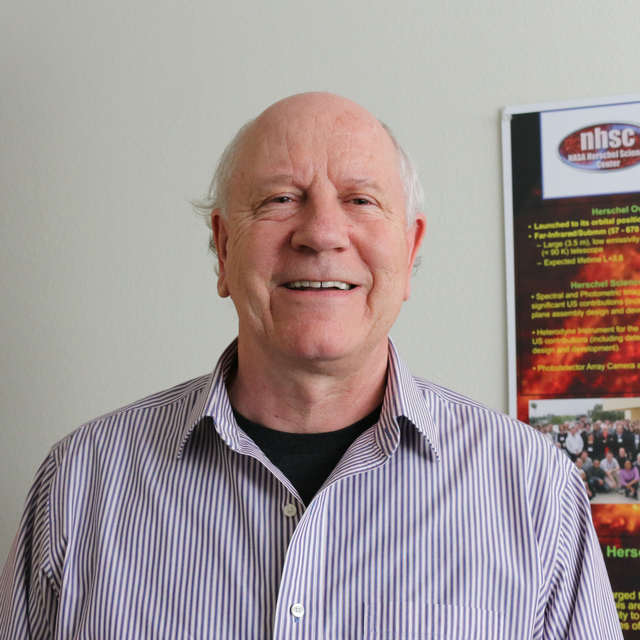March
2013
•
2013ApJ...765...93C
Authors
•
Cluver, M. E.
•
Appleton, P. N.
•
Ogle, P.
•
Jarrett, T. H.
•
Rasmussen, J.
•
Lisenfeld, U.
•
Guillard, P.
•
Verdes-Montenegro, L.
•
Antonucci, R.
•
Bitsakis, T.
•
Charmandaris, V.
•
Boulanger, F.
•
Egami, E.
•
Xu, C. K.
•
Yun, M. S.
Abstract
•
We present results from a Spitzer mid-infrared spectroscopy study of a sample of 74 galaxies located in 23 Hickson Compact Groups (HCGs), chosen to be at a dynamically active stage of H I depletion. We find evidence for enhanced warm H2 emission (i.e., above that associated with UV excitation in star-forming regions) in 14 galaxies (~20%), with 8 galaxies having extreme values of L(H2 S(0)-S(3))/L(7.7 μm polycyclic aromatic hydrocarbon), in excess of 0.07. Such emission has been seen previously in the compact group HCG 92 (Stephan's Quintet), and was shown to be associated with the dissipation of mechanical energy associated with a large-scale shock caused when one group member collided, at high velocity, with tidal debris in the intragroup medium. Similarly, shock excitation or turbulent heating is likely responsible for the enhanced H2 emission in the compact group galaxies, since other sources of heating (UV or X-ray excitation from star formation or active galactic nuclei) are insufficient to account for the observed emission. The group galaxies fall predominantly in a region of mid-infrared color-color space identified by previous studies as being connected to rapid transformations in HCG galaxy evolution. Furthermore, the majority of H2-enhanced galaxies lie in the optical "green valley" between the blue cloud and red sequence, and are primarily early-type disk systems. We suggest that H2-enhanced systems may represent a specific phase in the evolution of galaxies in dense environments and provide new insight into mechanisms which transform galaxies onto the optical red sequence.
Links




